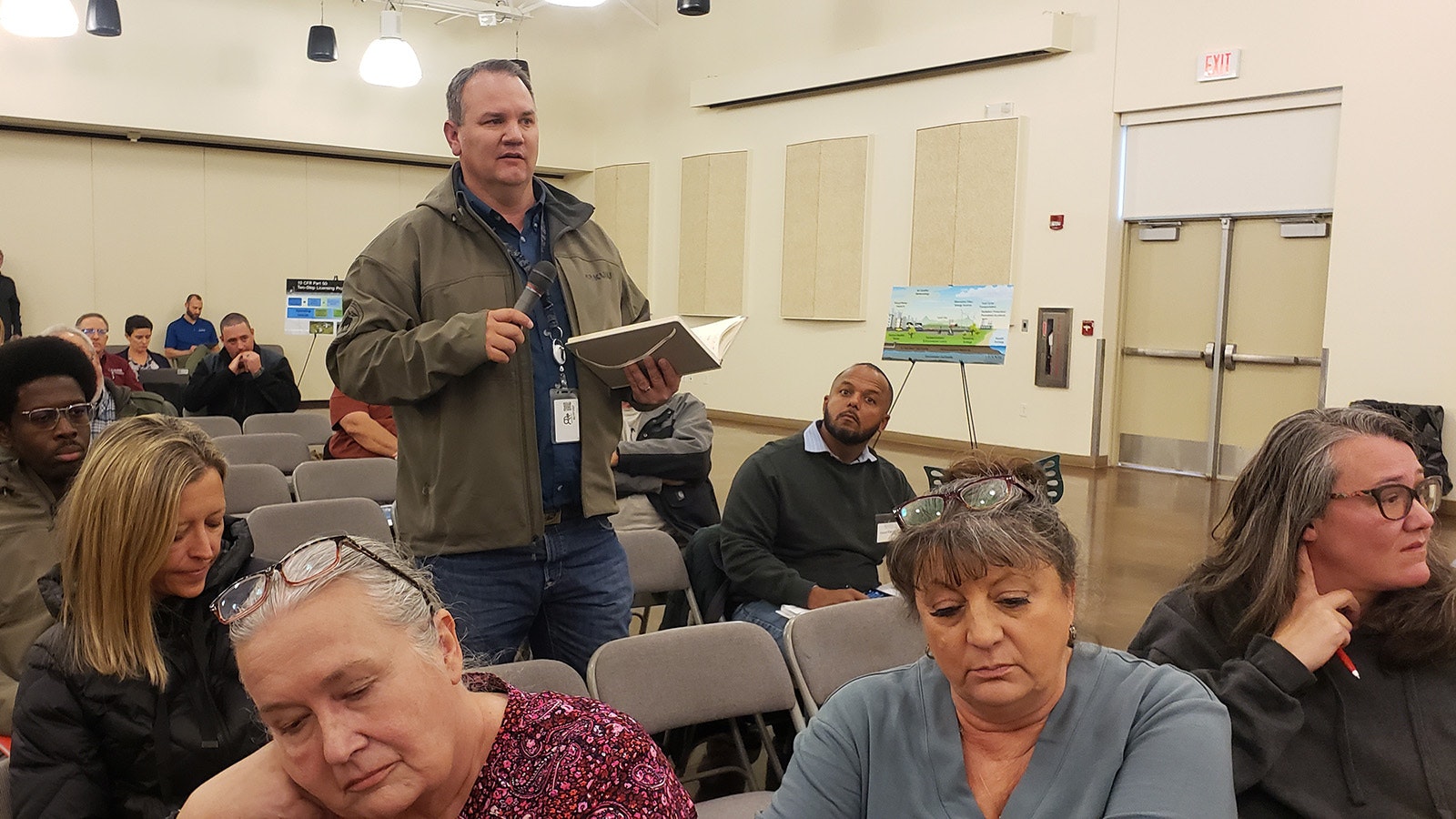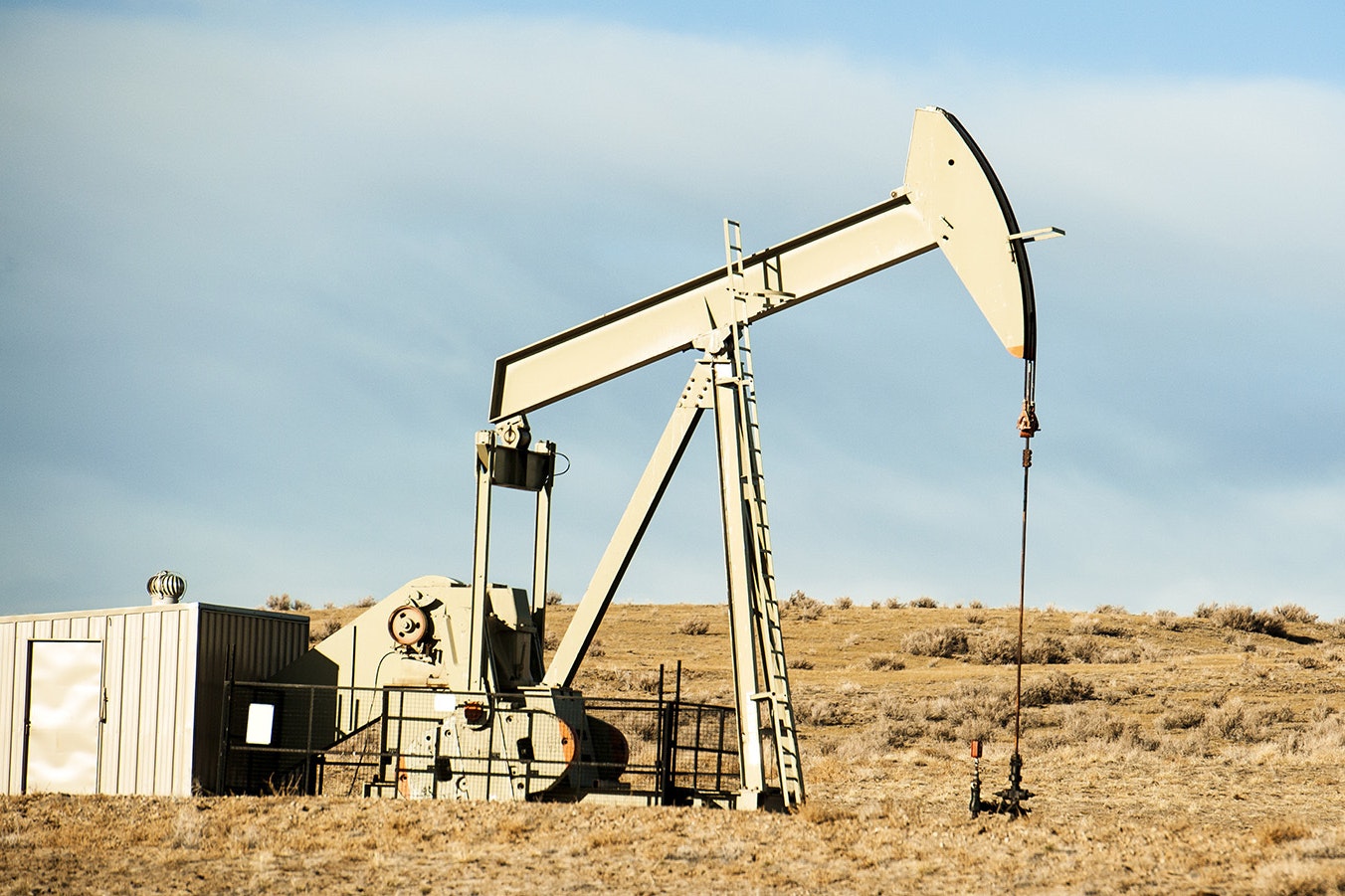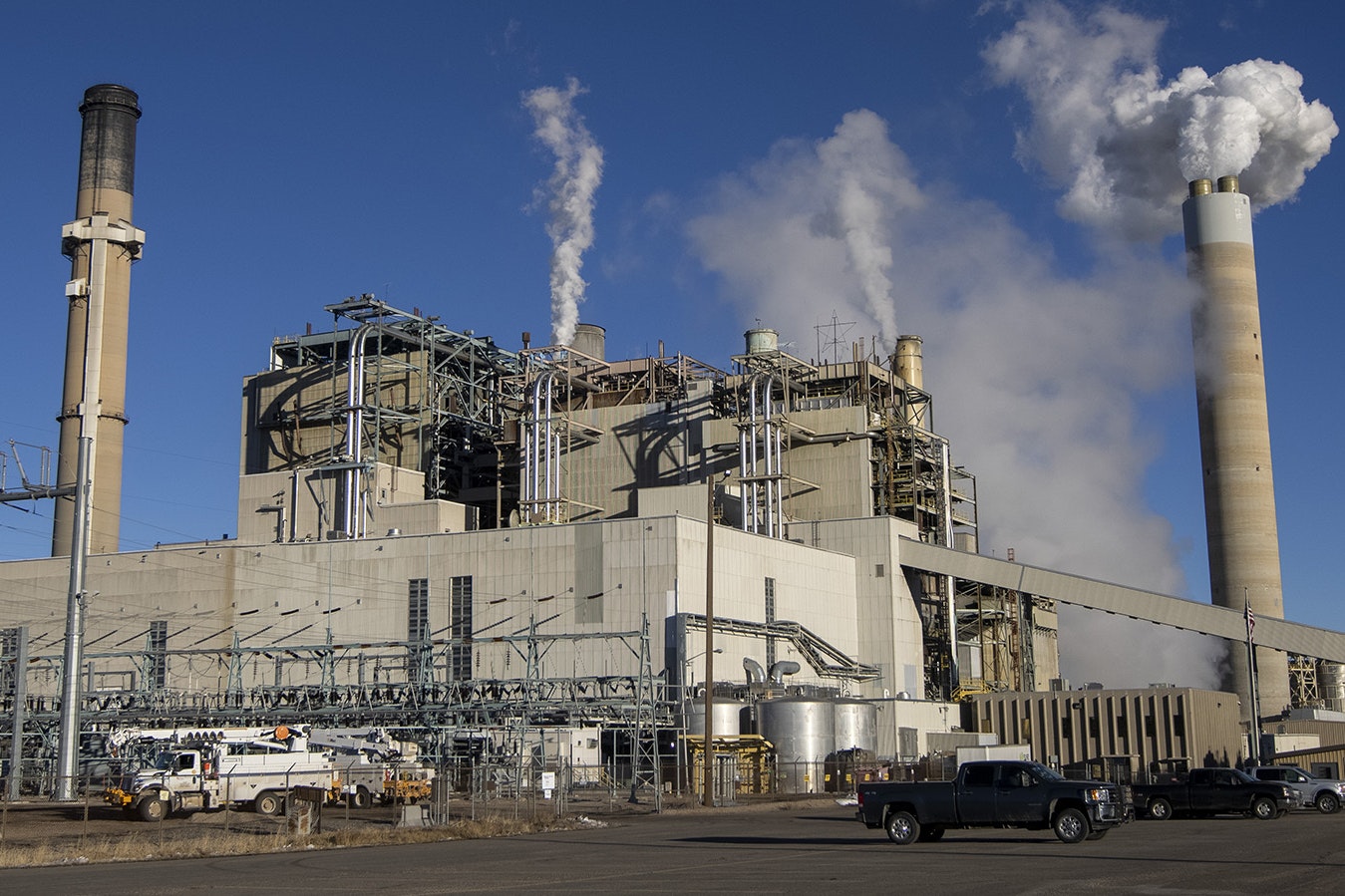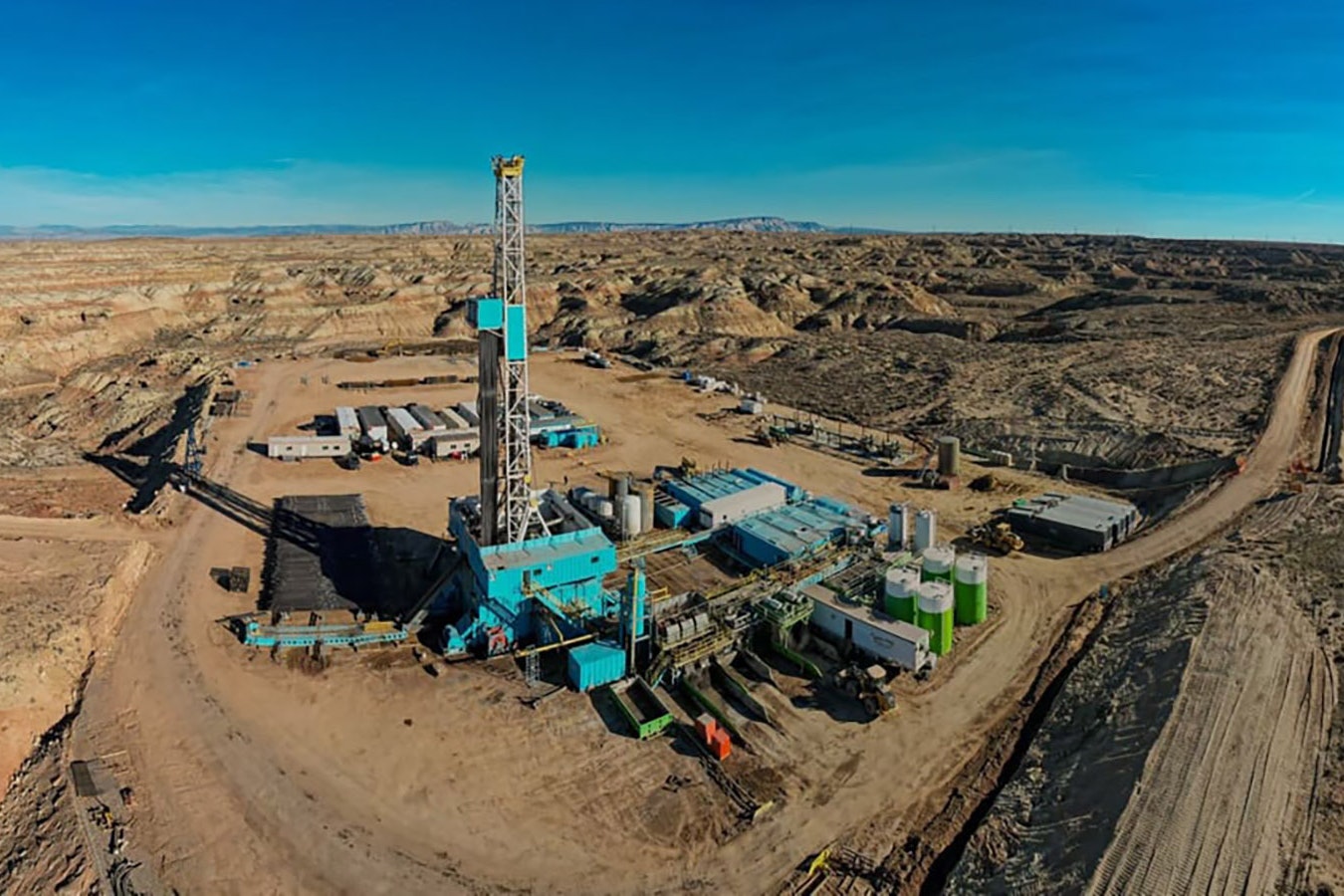KEMMERER — Cindy Miller worked for Williams Energy Services for 27 years and is curious how the timeline for a proposed nuclear plant in Kemmerer will actually roll out.
“Back in November, they talked like they would be turning dirt in November, and we were all laughing because it’s Wyoming,” she said. “They don’t have a permit yet for this, so is it all pie in the sky?”
Ray Hayden of Evanston, meanwhile, has been following TerraPower’s proposed nuclear plant in Kemmerer since it was announced.
“I think it’d be a great addition to Wyoming,” he said. “No. 1, it’s cleaner. That seems to be the goal of today, and this is the only way to do it.”
If Kemmerer’s demonstration plant works out, Hayden hopes to see a half dozen other nuclear power plants across the Cowboy State.
They were just a couple of the people who filled up the house in Kemmerer for two informal public sessions that aimed to explain how the Nuclear Regulatory Commission’s safety review of the novel plant TerraPower has proposed for southwest Wyoming will roll out.
TerraPower’s idea is just one of several novel nuclear approaches being shopped around right now with federal regulators. There are other ideas out there as well, but TerraPower so far appears to be among the frontrunners with a sodium-cooled reactor it says will be much safer than conventional nuclear power.
Rocky Mountain Power had already announced it was closing the coal-powered plant in Kemmerer. The nuclear plant is seen by some as a solution to the potential economic devastation that closure would cause.
Rocky Mountain Power employs about 110 workers at the coal plant, while the nuclear reactor will have between 150 to 200 workers once its fully operational.
It could also help alleviate the economic impact of the retiring coal-fired power plant in Kemmerer.

How About An Earthquake?
People have lots of questions about safety when it comes to the nuclear plant in Kemmerer. They want to know about the plant’s water consumption, as well as its waste transportation and storage.
They want to know about the inspection schedule and how the NRC will mesh with other regulatory agencies.
They also asked about earthquakes.
“Are there minimum seismic standards?” one member of the audience asked, pointing out that Lincoln County has had earthquakes in the past.
That’s something the NRC will examine, Advanced Reactor Licensing Branch 1 Chief Bill Jessup said.
“Our regulations do require that applicants, when they characterize a given site, including the potential site in Kemmerer, our regulations require that they provide historical information to determine what is the maximum earthquake this plant needs to be able to withstand to operate safely,” he said.
When it comes to inspections, the nation’s current fleet of operating reactors have resident inspectors whose job is to stay in a plant and monitor day-to-day activities.
TerraPower is using a novel process, however, which may require a different approach.
“We’re currently looking at these advanced reactors and recognizing that these are new technologies, they operate differently,” Jessup said. “They have different characteristics that are sometimes not like the current fleet, and so those discussions are ongoing.”
Transporting Nuclear Waste
TerraPower has not yet submitted an application for construction, so many of the questions Kemmerer residents have about the plant do not yet have specific answers.
Among these are several questions around how much waste the plant might produce, how long that waste might be stored on site, as well as how it would be transported away.
NRC does have rules that govern all aspects of transporting and storing nuclear wastes, the regulatory officials said, though it’s not yet known how much waste will be produced. These include the kinds of containers that are suitable for transporting material from the site, as well as rules for safely storing it on site.
In its discussions to date with TerraPower, the company has indicated that some spent fuel will be stored on site and eventually moved into dry casks. This is similar to how it’s handled at existing nuclear reactors.
A spent fuel pool is radioactive material that’s typically stored under water.
Reed Anzalone with the Office of Nuclear Reactor Regulation explained that’s necessary so the fuel doesn’t degrade the containers its ultimately placed in.
“The purpose of the spent fuel pool is to have a safe place to store the fuel, to keep it cool and keep it shielded to prevent any radiation from the fuel from impacting the people who work in the plant,” he said.
A legislator who was not identified during the meeting and who left the meeting early asked if NRC has a permanent waste storage solution yet.
That’s an issue that’s ongoing, Jessup said, and the Department of Energy is working to identify potential locations where that repository could be.
“We can also take that question back to get you a more fulsome answer,” he said.

How Can We Speed Things Up
There were lots of questions about the regulatory timeframe, which on paper showed a collective 10 years for all of the required reports and analyses.
“I just want to know if any of these steps can have overlap,” one person asked. “Or do you anticipate them to be shorter?”
The timelines won’t necessarily take a full 10 years to complete, said NRC Senior Licensing Project Manager Mallecia Sutton.
Vendors and applicants will supply different topical reports as part of the ongoing effort. If those prove credible, those can shorten up timeframes considerably.
Some of the regulatory tracks will also be happening concurrently, Sutton added.
Although TerraPower has not yet submitted its application for construction, it has had many conversations already with the Nuclear Regulatory Commission to fully understand what data the regulatory agency will need.
“If the application is robust, then we also look at the schedule to see if we can reduce that timeframe,” she said.
The current timeframes are not set in stone, either. They’re based on a sort of upper limit that the analysis could take. Once the application is docked, a firmer timeline will be developed.
Renée Jean can be reached at Renee@CowboyStateDaily.com.





